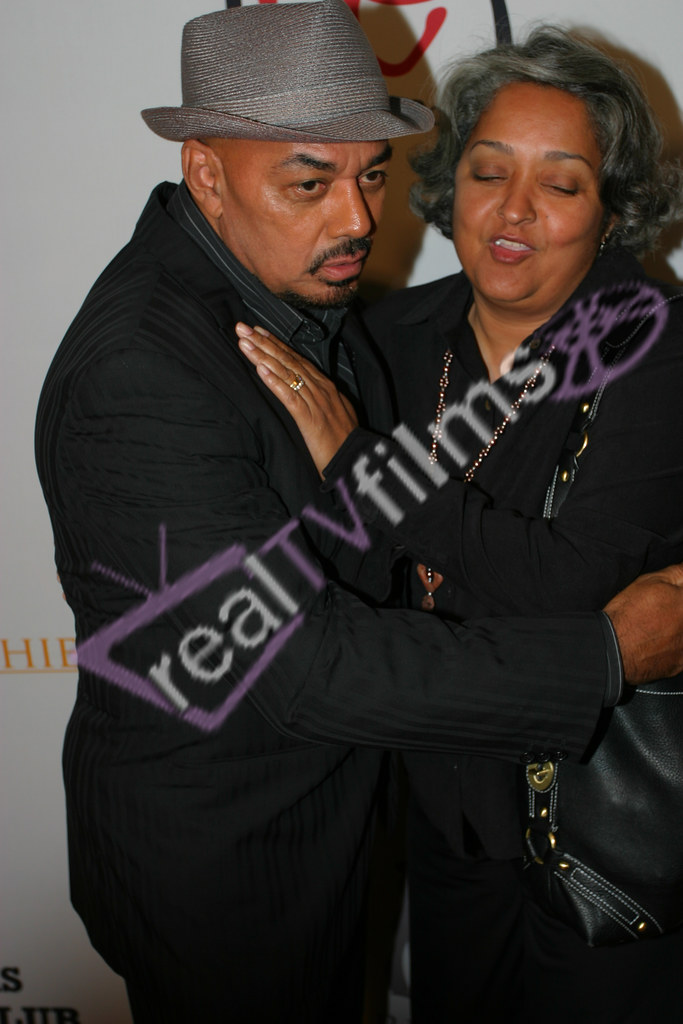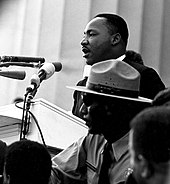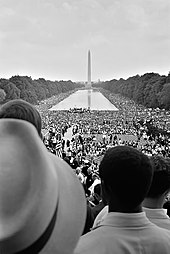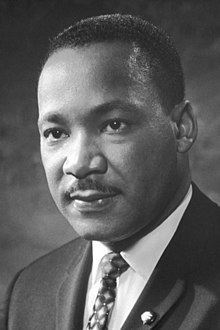Ingram is perhaps best known for his hit collaborations with other
vocalists. He scored a No. 1 hit on the Hot 100 chart in February 1983
with Patti Austin on the duet "Baby, Come to Me", a song made popular on TV's General Hospital.
A second Austin–Ingram duet, "How Do You Keep the Music Playing?", was featured in the movie Best Friends (1982) and earned an Oscar nomination.
In 1984, he teamed up with Kenny Rogers and Kim Carnes for the Top 40 ballad "What About Me?".
In 1985, Ingram won a Grammy Award for "Yah Mo B There", a duet with Michael McDonald, and participated in the charity single "We Are the World".













